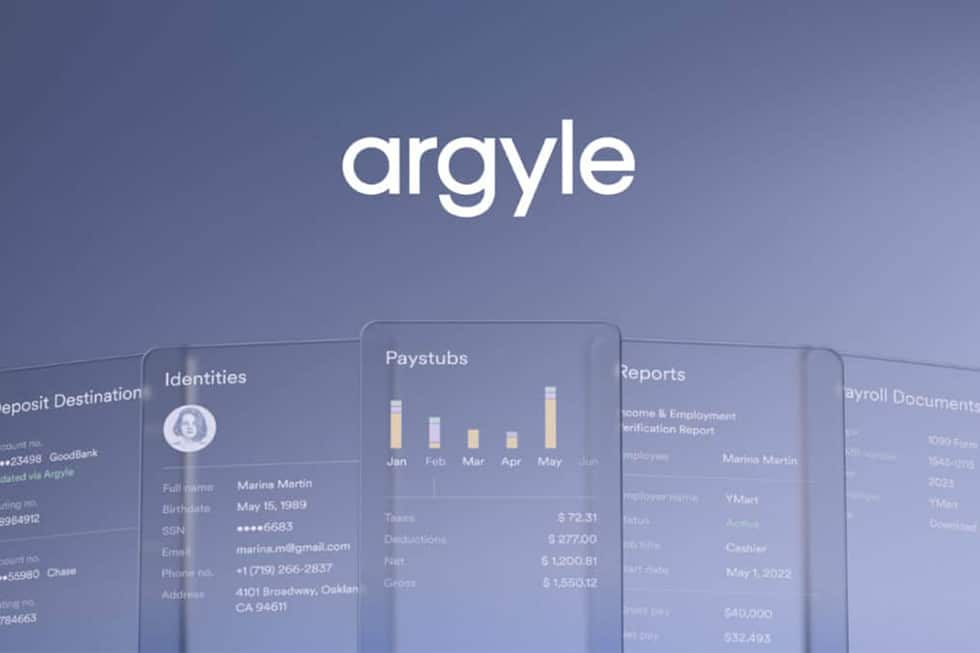Nowadays, capturing customers’ attention and loyalty is more complex than simply creating a well-functioning product accompanied by a catchy slogan. Consumers are constantly inundated with information from physical and digital sources across multiple channels, and at times, simultaneously. As a result, attention spans are shrinking and companies need to take a more captivating approach to attract, engage, and retain the modern consumer.
A 2020 SalesForce report shows that 80% of customers consider their experience with a company to be as important as its products. Meaning, every touchpoint from email to e-commerce, to in-store, to payments, must feel intuitive, frictionless, and convenient. Banks, fintechs, and brands are in a race to provide the most unified customer journey across channels in an effort to win the loyalty game.
Here are the three critical steps to consider when developing a game plan that resonates with customers and earns their business and long-term trust.
Have a Customer Experience Playbook
The first step in creating a customer experience that is consistent and fluid across all channels is to develop a vision for success that is guided by a plan of attack that aligns with your brand’s promise. According to Ben Geheb, managing director, experience strategy, VMLY&R, “Many companies aspire to be ‘the most loved’ or ‘the most trusted.’ Yet, the means to get there are ill-defined.”
McKinsey has identified several key questions to consider when developing this vision that ties back to customer experience expectations:
- What is a company’s appetite for change in the near term? Is the goal to change the customer experience fundamentally or simply to improve it at the margins?
- What is the gap between the needs and wants of customers and what they actually experience?
- How can the company gain a customer-experience advantage against competitors?
- At which point in the experience should the company concentrate to have a real impact?
- How do the overall capabilities of the staff support the customer experience the company wants to provide?
By developing and maintaining a central vision and unified sense of direction, your customer experience team will be held accountable for ensuring that all changes made have a direct tie into your broader organizational goals.
Analyze the Stats
Next, analyze the stats related to your most important key players – your customers. In order to create a seamless and unified customer journey, it is critical to understand who your customers are and leverage specific data to identify patterns in their behavior. Consumers today across all industries use an average of 7.6 touchpoints to interact with a brand, according to SalesForce. Creating a customer journey map is a great place to start figuring out what these touchpoints are, where they convert, and most importantly, where the customer experience is lacking in quality.
Specific data informing a customer journey map should contain a mix of internal statistics to compare performance and external data to serve as a benchmark. Examples of internal data to leverage includes subscription data, product usage, and abandoned cart reports, while external data should include specific competitor and industry-wide data. Being able to compare the two types will provide points of reference and help to identify anomalies and common customer roadblocks. Once these roadblocks are identified, it’s time to take the next step and determine how they can further be segmented by customer type and prioritized by lifetime customer value.
The insights gathered from collecting segmented customer behavior data provide opportunities to add additional elements of personalization that customers have become accustomed to.
Play to the Offensive
It’s important for brands to remove themselves from the hamster wheel of reacting to negative customer experiences and instead focus on proactively improving the customer journey to be more efficient and convenient.
Today’s AI and machine learning technology has the ability to analyze customer behavior and provide personalization from the beginning to the end of the customer journey. John Nash, CMO at Redpoint Global, believes effective personalization is best achieved when AI is for real-time decisions. He notes: “Advanced, real-time personalization will also require marketers to embrace machine learning to tap into on-the-fly insights that become triggers for contextually relevant communications.”
Trim, a financial health startup based in San Francisco is an excellent example of how a fintech company can leverage AI and machine learning to provide a hyper-personalized experience to its customers. The company deploys an AI bot that analyzes customer spending patterns and monitors for opportunities to cancel or negotiate bills to save customers money in a streamlined fashion.
At the end of the day, customers are loyal to the brands that best serve their desires for convenience and efficiency. They will seek customer experiences that can meet those needs without creating problems for them before they happen. By providing a consistent and efficient customer experience, brands in the e-commerce and financial sectors can build the trust necessary to retain customers longer and ensure repeat business.
Embedding financial products and services is built on the idea of trust in brands and seamless customer journeys. Join FTT Embedded Finance North America on September 1st (starting at 9:00 am PT) to learn more.
This article first appeared on the FinTech Talents blog





